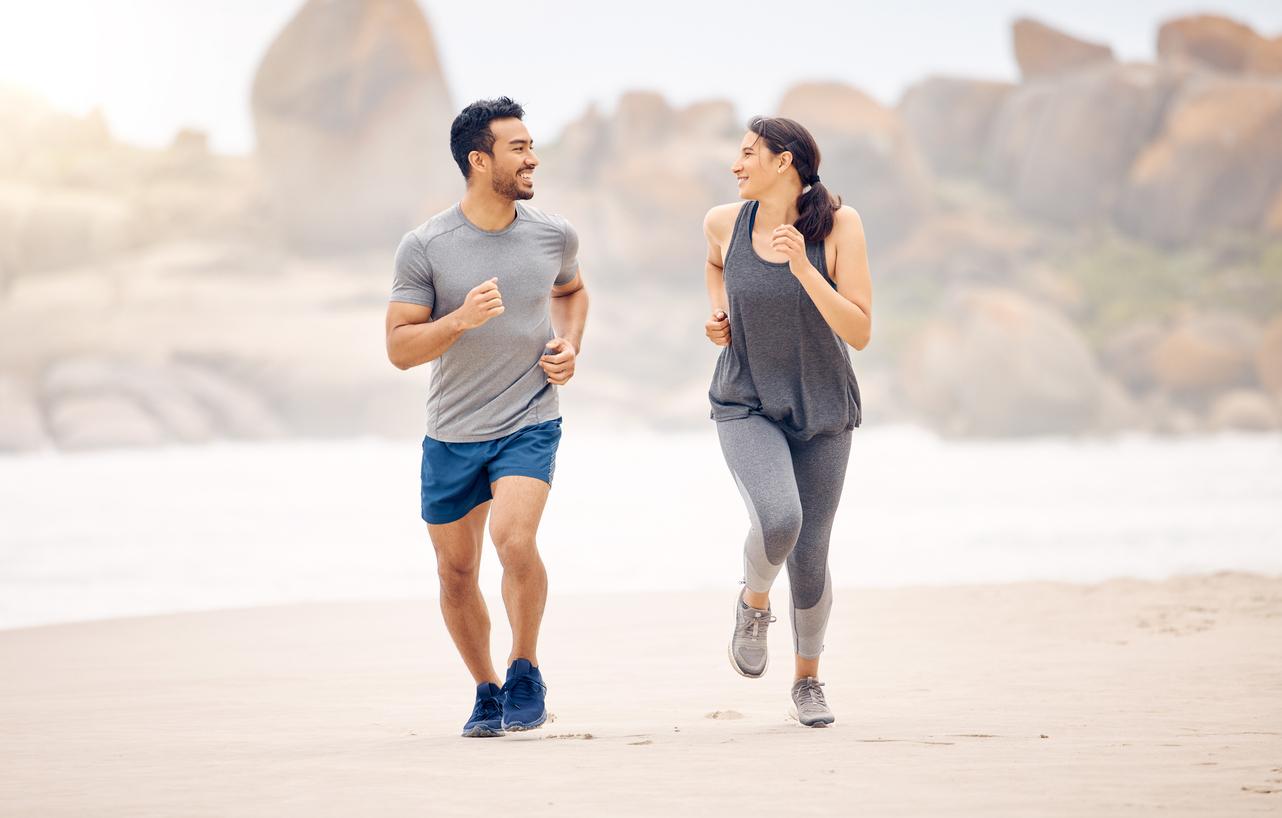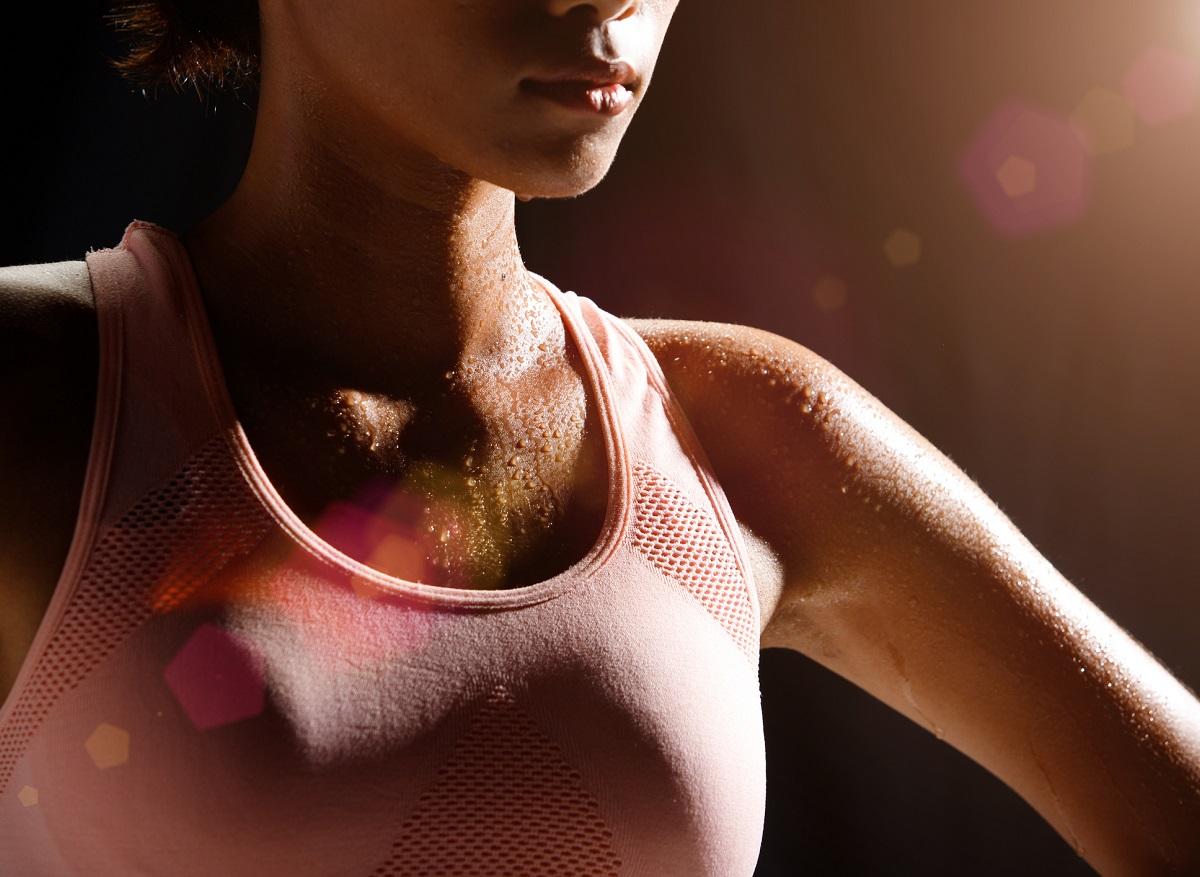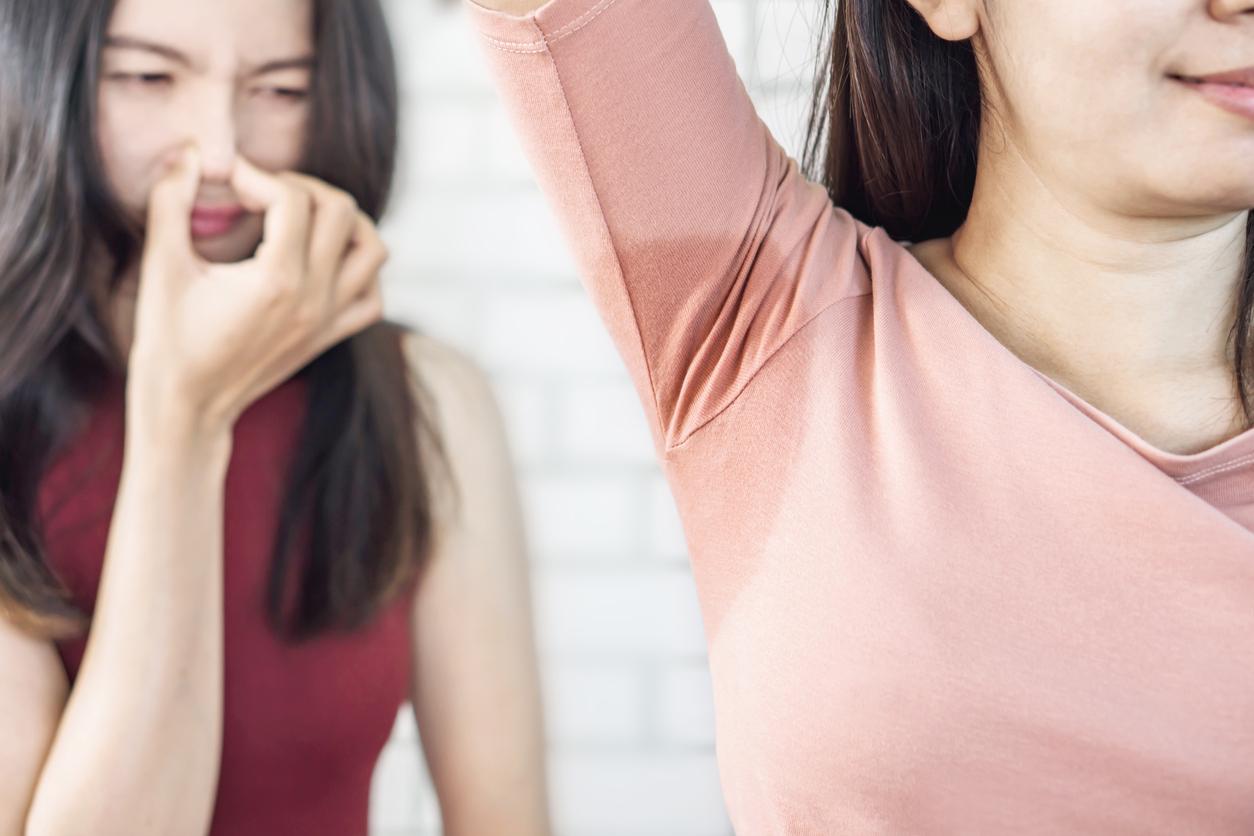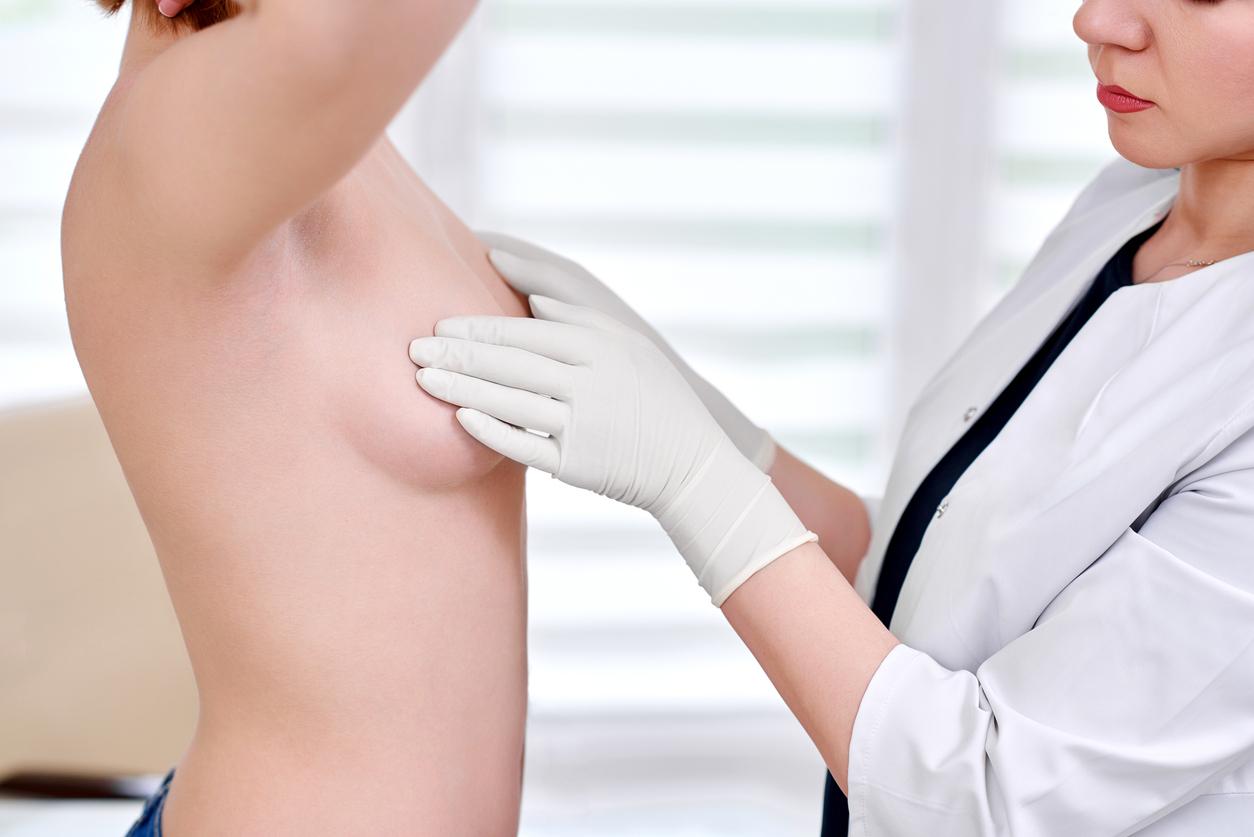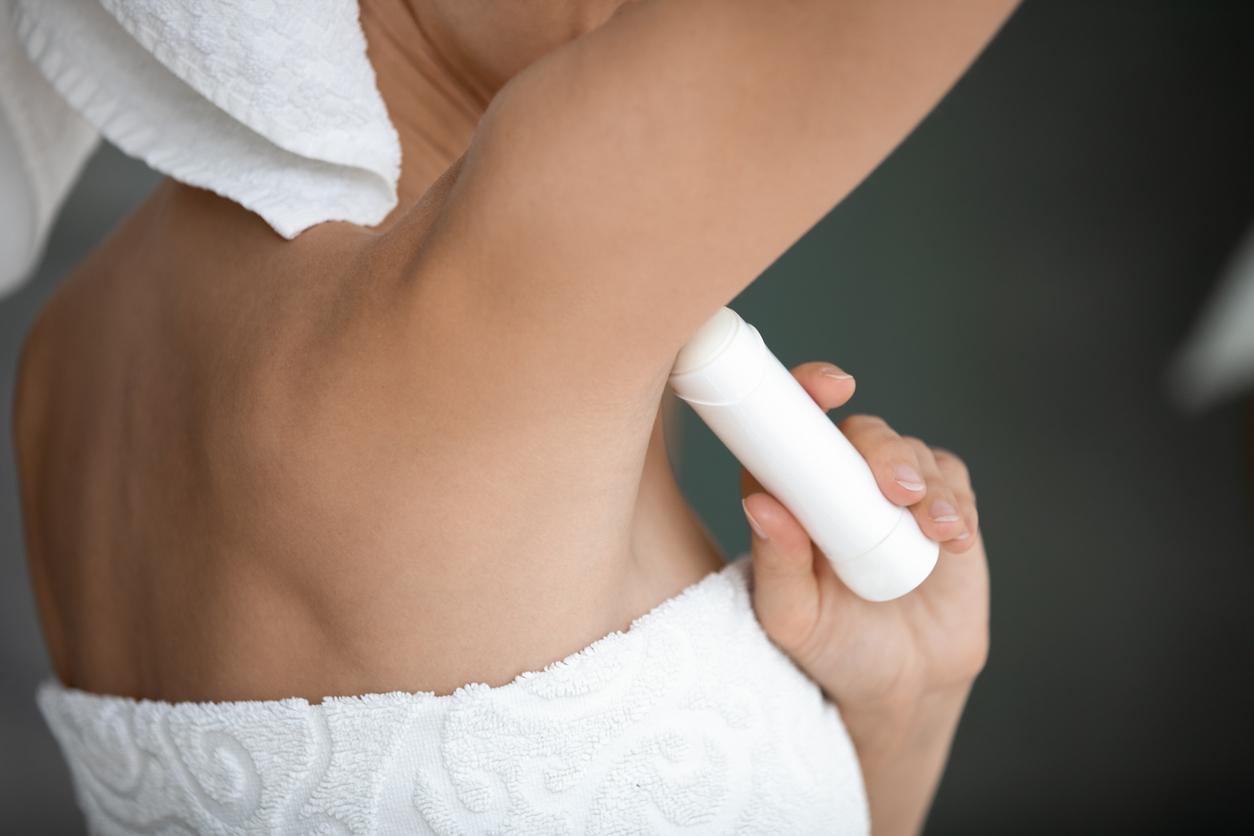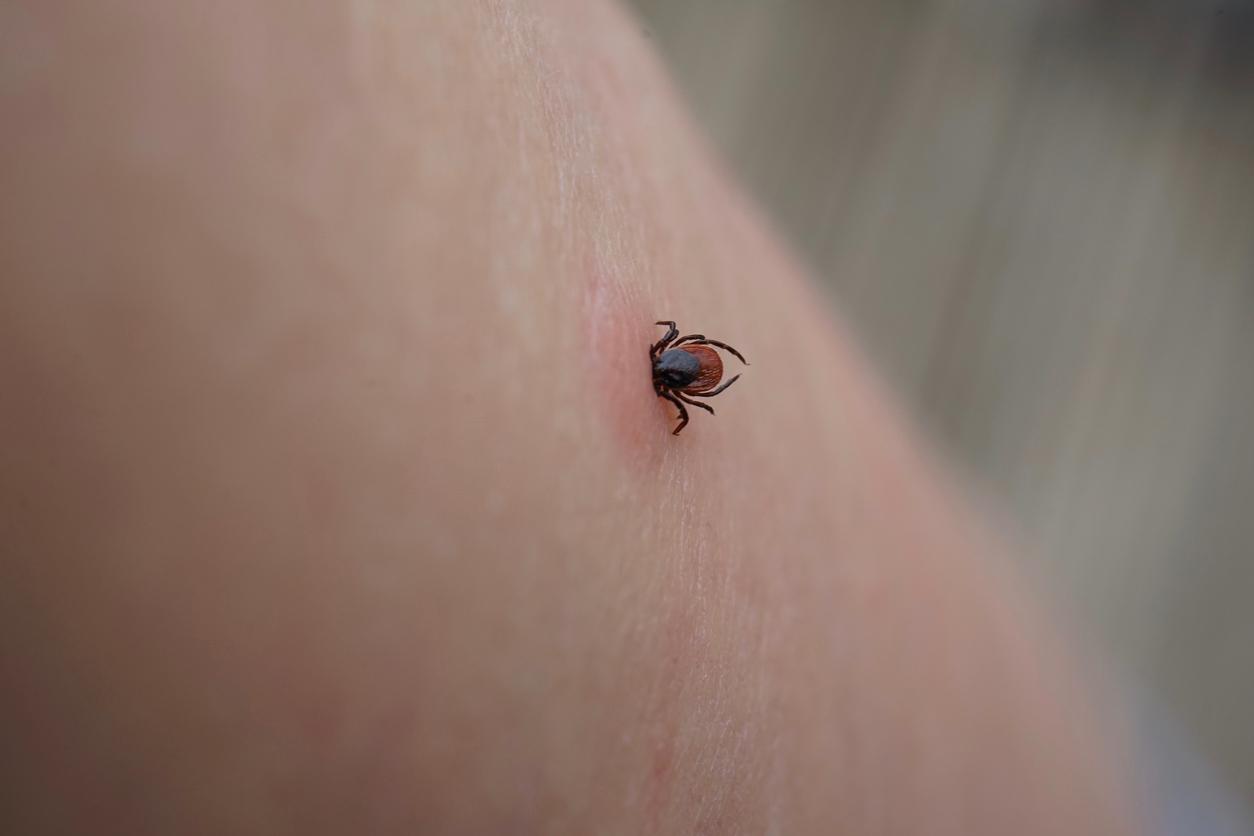A study has discovered a surprising link between breast size and the amount of sweat the breasts produce during exercise.
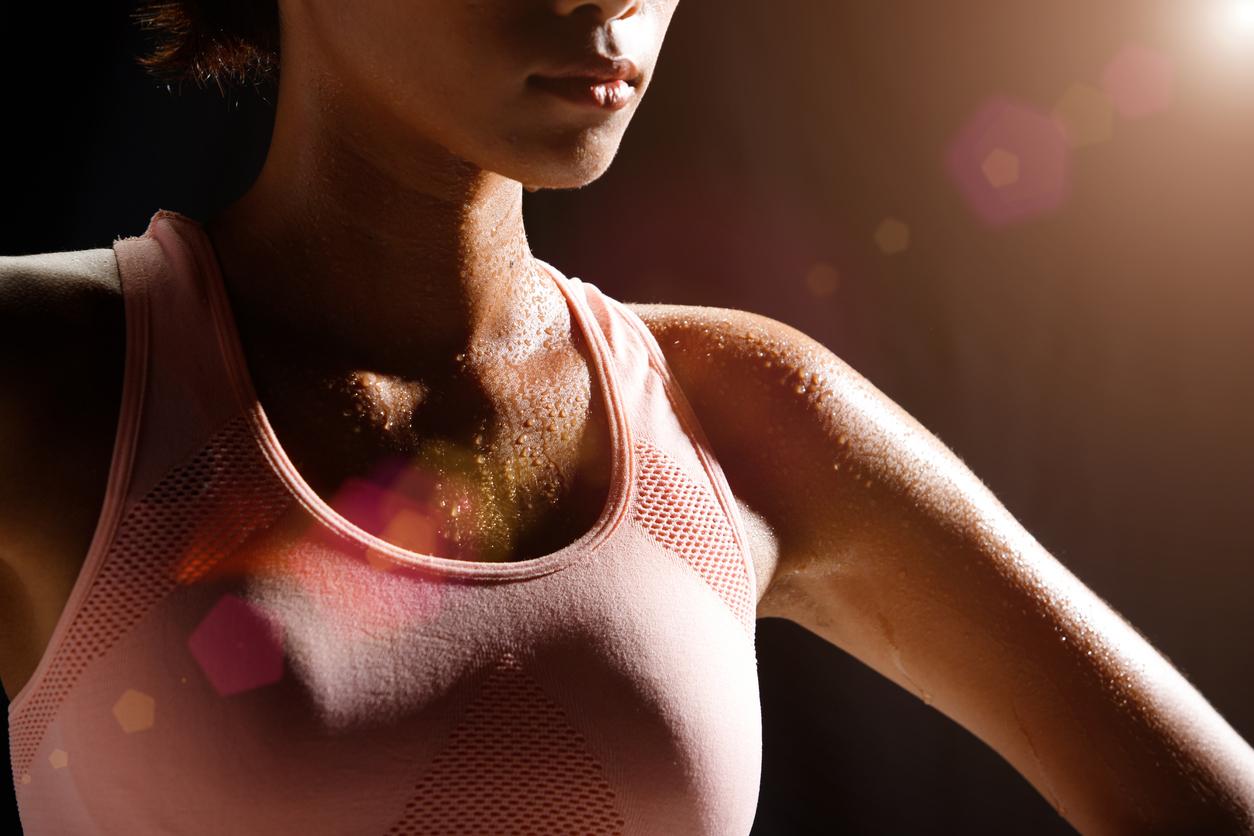
- Research has found that larger breasts have fewer sweat glands than smaller ones.
- Thus, they produce less sweat during physical activity.
- According to the researchers, this discovery will allow sportswear to be improved to meet the needs of each female anatomy.
By studying how women regulate their body temperature during physical activity, researchers at the University of Southampton have made a discovery that may seem counterintuitive. Larger breasts produce less sweat, and that’s because they have fewer sweat glands than larger breasts.
Physical activity: Breast size and amount of sweat are linked
For this research presented in Experimental Physiologyscientists gathered 22 women of different ages and breast sizes. These participants had to run for 45 minutes in a room at 32 degrees Celsius. Their sweat production in the breast area was monitored by different devices. “3D scanning was used to calculate the surface area of the chest, while sweat gland density was assessed using iodine-infused paper which, when placed on the skin, reacts with chemicals present in sweat,” specifies the communicated.
The data obtained showed that women with a generous cleavage had fewer sweat glands than volunteers with a less full bodice. This element led them to sweat less at the chest area than the others.
“This fundamental knowledge is something we can now use to inform the design of sportswear that takes into account the needs of women of different bust sizes.”explains Hannah Blount, author of this study.
Designing clothing for the female body to make sport more accessible
Better understanding the female body’s reactions to heat and exercise will help to design sports bras and clothing that are more tailored to women’s needs and avoid discomfort, chafing and other inconveniences. For researchers, this is far from trivial.
“Over 85% of women consider a sports bra to be an essential piece of exercise equipment, but it’s actually very difficult to find one that’s comfortable and supportive, which is why many women struggle with it”recalls the expert before adding, “We’re becoming more and more sedentary as a society, so if we can do something to help women become more active while making sport more accessible, then that’s really exciting.”









